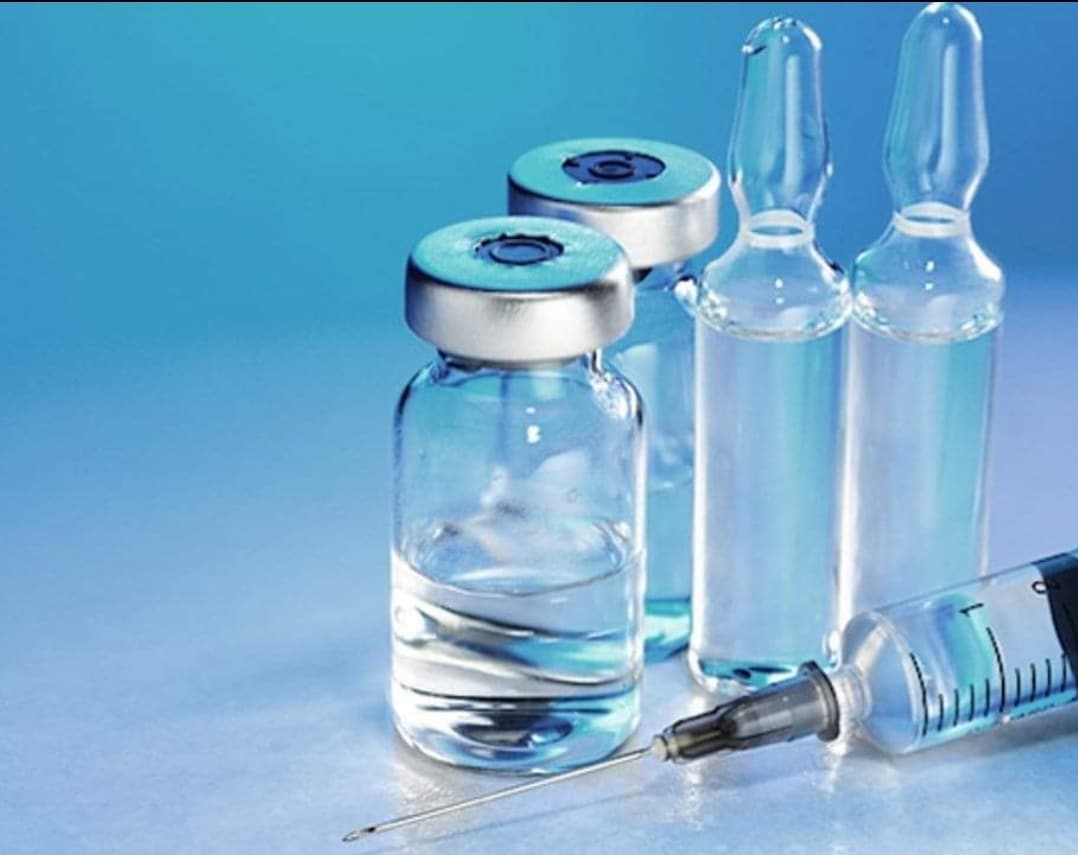USP Heavy Metals Testing in Parenterals
The testing of heavy metals in parenteral products is a critical aspect of pharmaceutical quality assurance. The United States Pharmacopeia (USP) [1] sets stringent guidelines for ensuring that the products are safe and do not contain excessive levels of harmful metals such as lead, mercury, arsenic, and cadmium. This testing ensures compliance with regulatory standards and protects public health.
The process involves several key steps: sample preparation, digestion, chromatographic analysis using Inductively Coupled Plasma Mass Spectrometry (ICP-MS) or Atomic Absorption Spectroscopy (AAS), and interpretation of results against USP limits. The aim is to ensure that the concentration levels of heavy metals are within acceptable ranges as defined by USP [1].
Sample preparation for this test involves dissolving the parenteral product in a suitable solvent, typically nitric acid or hydrochloric acid, to facilitate complete dissolution and release of heavy metal ions. The prepared solution is then filtered and analyzed using chromatographic techniques.
The use of ICP-MS allows for highly sensitive detection of trace amounts of metals down to parts per billion (ppb) levels. This method provides accurate quantification even in complex matrices such as parenteral solutions, which often contain numerous excipients that could interfere with other analytical methods. AAS is also employed when higher concentrations are expected or specific metals need focused detection.
The results of the analysis must be reported against USP limits set for heavy metal content in pharmaceutical products. Compliance with these standards ensures product safety and protects patients from potential toxic effects of excessive heavy metal exposure.
| Heavy Metal | USP Limit (ppm) |
|---|---|
| Cadmium | <2 ppm |
| Lead | <10 ppm |
| Hg (Mercury) | <2 ppm |
| Copper | <25 ppm |
Understanding the importance of this testing, laboratories must adhere strictly to USP guidelines and use reliable equipment for accurate results. The expertise required in handling these tests ensures that pharmaceutical companies can produce safe and effective products.
- Accurate sample preparation is crucial.
- Reliable analytical techniques are essential for precise quantification.
- Compliance with USP limits guarantees product safety.
The significance of this testing cannot be overstated, especially given the potential health risks associated with heavy metal contamination. By adhering to these standards, pharmaceutical manufacturers can ensure that their products meet the highest quality and safety benchmarks.
Quality and Reliability Assurance
- Precision: Consistent results across multiple samples using standard operating procedures (SOP).
- Durability: Equipment and methodologies that remain accurate over time.
- Accuracy: Results closely matching known values or standards.
Quality assurance in heavy metals testing involves rigorous calibration of instruments, regular validation of methods, and strict adherence to USP [1] guidelines. The following steps ensure high-quality results:
- SOP Compliance: Strict adherence to standard operating procedures.
- Calibration: Regular calibration of instruments using certified reference materials.
- Validation: Continuous validation of analytical methods against known standards.
- Data Management: Proper documentation and storage of all testing data for traceability and audit purposes.
The use of advanced chromatographic techniques such as ICP-MS ensures that even the smallest traces of heavy metals are detected, thereby enhancing reliability and trust in test results. This meticulous approach guarantees consistent outcomes across different batches and environments, maintaining product quality and safety standards.
International Acceptance and Recognition
The testing of heavy metals in parenterals is not only a USP requirement but also widely accepted internationally. Laboratories that comply with USP guidelines are recognized globally, ensuring consistent quality across borders.
- ISO 17025: Compliance with international standards for calibration laboratories.
- AAMI Standards: American National Standards Institute (ANSI) and Association for the Advancement of Medical Instrumentation (AAMI).
The USP [1] is recognized worldwide, making compliance essential for manufacturers aiming to export their products. Laboratories that adhere to these standards are trusted by regulatory bodies such as the FDA, EMA, and WHO.
Recognition extends beyond mere compliance; it also involves continuous improvement in methodologies and equipment to meet evolving industry demands. The global acceptance of USP guidelines ensures that pharmaceutical companies can achieve consistent product quality and safety across different regions.
Use Cases and Application Examples
| Use Case | Description |
|---|---|
| Quality Control | Detection of heavy metal impurities in drug products. |
| Process Monitoring | Continuous monitoring during manufacturing to ensure compliance. |
| Supplier Audits | Evaluation of raw material purity from suppliers. |
| Regulatory Compliance | Mandated testing for export and domestic markets. |
- Quality Control: Ensure that final products meet USP limits before release.
- Process Monitoring: Identify potential issues early in the manufacturing process.
- Supplier Audits: Verify supplier reliability and ensure raw materials are safe for use.
- Regulatory Compliance: Meet requirements for domestic and international markets.
These applications underscore the importance of heavy metals testing in ensuring product safety and compliance with regulatory standards. By employing robust testing methods, pharmaceutical companies can maintain high-quality products and gain trust from consumers and regulators alike.





